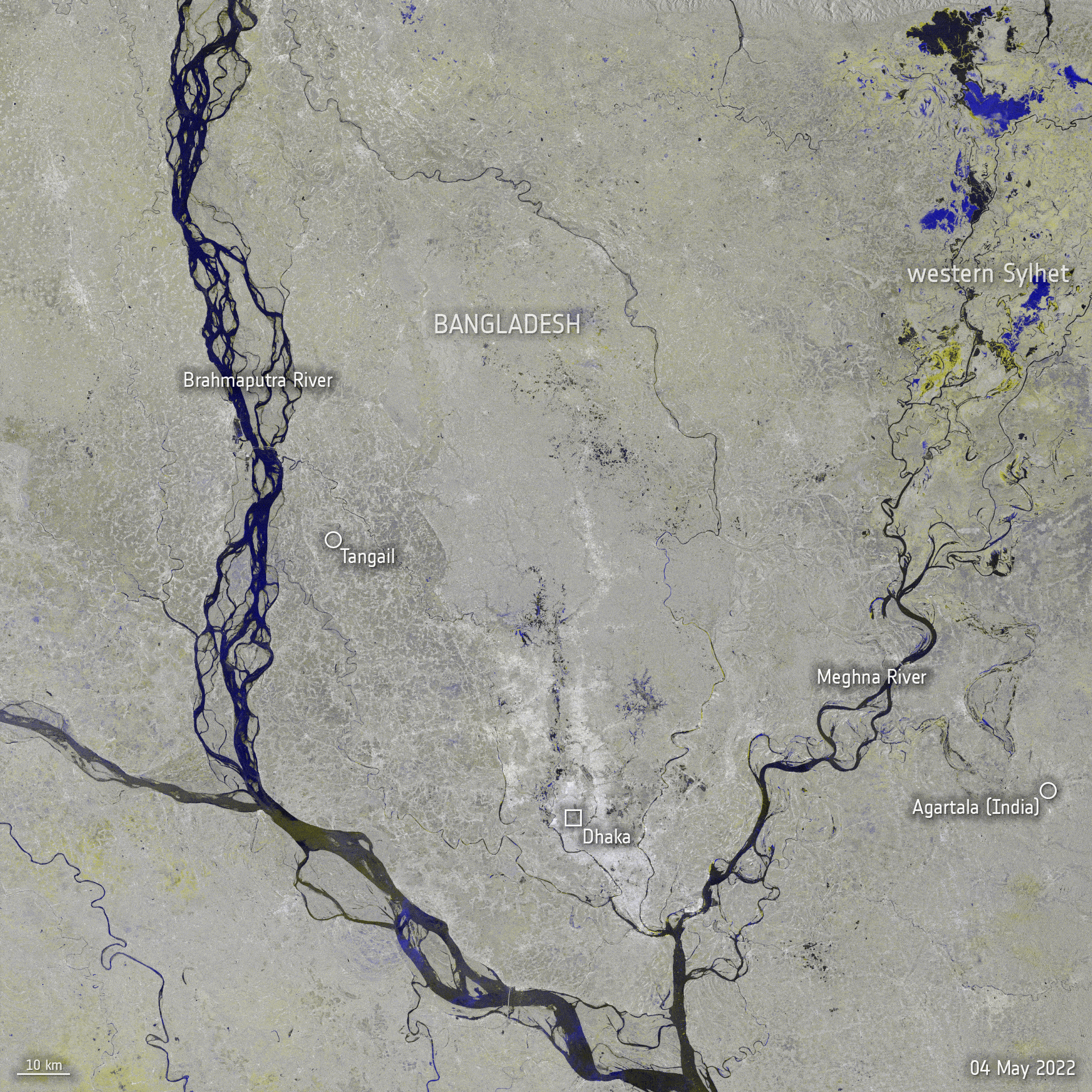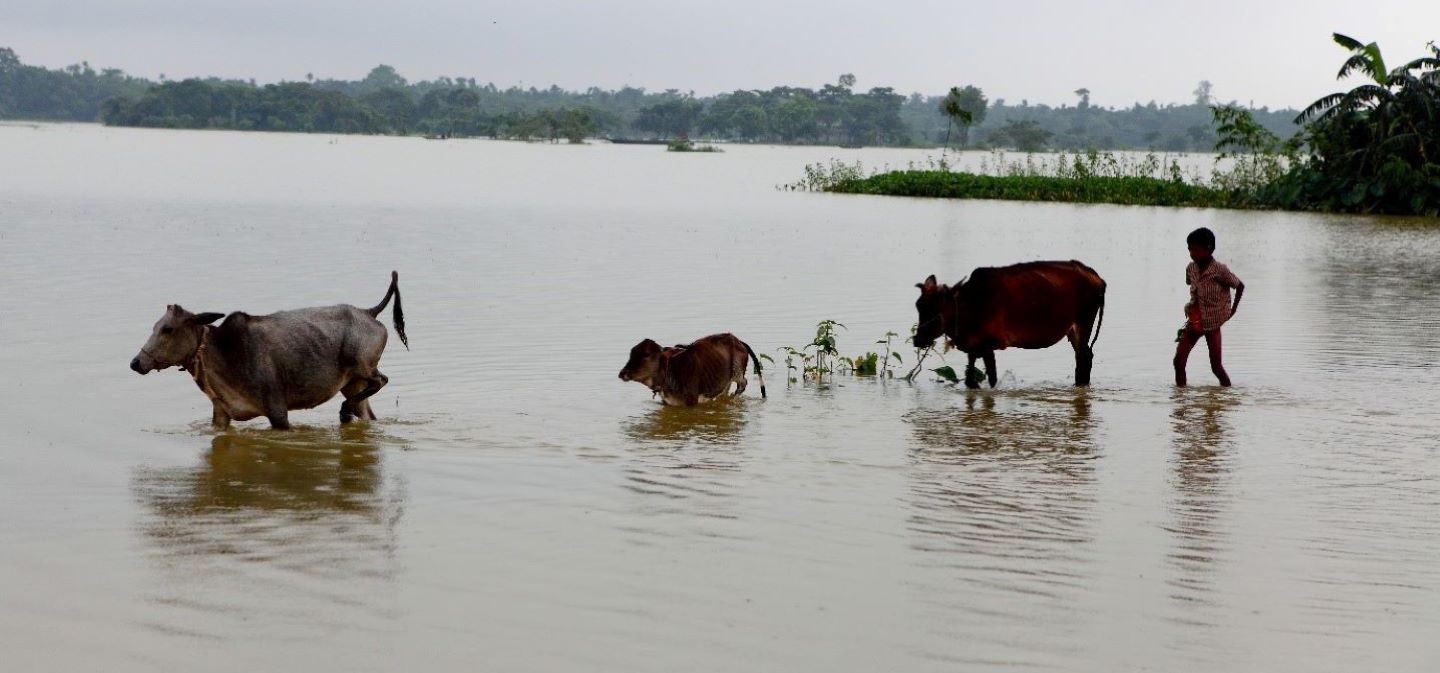Financing resilience: how ASAP+ is helping rural communities adapt to climate change
IFAD Asset Request Portlet
Asset Publisher
Financing resilience: how ASAP+ is helping rural communities adapt to climate change
Estimated reading time: 3 minutesWhen it comes to climate change, small-scale farmers are among the world’s most vulnerable communities. An estimated 500 million smallholder households are grappling with access to suitable agricultural land, while forest, soil and water resources are increasingly restricted and degraded.
From floods to droughts, smallholders are too often overlooked and left to tackle the planet’s erratic weather alone.
This is why IFAD focuses on climate resilient agriculture and climate finance, which are the funds needed to mitigate and adapt to climate change, through programmes like the Enhanced Adaptation for Smallholder Agriculture Programme (ASAP+).
With a mobilization target of US$500 million, ASAP+ is envisioned to be the largest fund dedicated to channelling climate finance to small-scale producers, helping to increase resilience, food security and carbon mitigation and sequestration. It builds on the successes and lessons learnt from the first two phases of the programme—ASAP.
One programme under ASAP, HILIP/CALIP in the Bangladesh Haor Basin shows how this can be done.
The Haor Basin is a rainfall catchment area that experiences one of the highest precipitation rates in the world. And although monsoon rains are not a new phenomenon, they are projected to increase and become more erratic, leading to flash floods and catastrophic consequences – as was the case for Anjuli Rani Das in 2017 when a violent downpour hit her village and upended her life.
Caught unprepared

Memories of the flood are still seared in Anjuli’s mind. That day, an estimated 90 per cent of the village rice harvest was destroyed, and 1.3 million livestock and 3.2 million ducks and poultry were washed away, along with over 200 tonnes of farmed fish.
Anjuli, a duck farmer, lost everything in the blink of an eye when the floods swept away most of her farm and stock. “Life in the Haor region has always been unpredictable,” Anjuli says. “I grew up watching houses being washed away each year. My village was unprotected and exposed to waves and water.”
The damage could have been mitigated had the villagers been alerted of the force and timeline of the rainfall.
Alerting communities to the inevitable
Five years after the devastating incident, Anjuli can count on a flash flood warning system set up by HILIP/CALIP and funded by ASAP, giving her and her community time to ready themselves and protect their assets from the downpour.
This system collects data from 25 upstream stations to produce accurate forecasts of water level for the next ten days. Flood warnings are sent via a mobile phone-based app. This gives people time to prepare themselves for unseasonable floods.
But warnings alone are not enough and that is why HILIP/CALIP pairs alerts to climate resilient infrastructure, built with local materials, to protect villages, roads and markets.
HILIP/CALIP results
Like Anjuli, the majority of the population in South and South-East Asia is rural and depends on rainfed agriculture for its livelihoods. Since its inception in 2011, HILIP/CALIP has mitigated the effects of climate change in five districts of the Haor basin, with some impressive results:
- More than 344,000 households supported, and 51 per cent of them are female-headed.
- More than 180,000 poor smallholder households have been trained to adapt to the effects of climate change by adjusting the intensity and diversity of crops, reforesting with bamboo and swamp-growing plants, and using embankment protections to tackle erosion.
- Infrastructure to protect against flash floods and wave action has been built in 140 villages.
- The project has also delivered vocational training to 8,701 people, including horticulture, candle-making, plumbing and welding.
- 434 community water resource user groups have been formed.
The road ahead

Climate resilience and adaptation for smallholders has always been a priority for IFAD. However, it wasn’t considered appropriately at climate negotiations until five years ago when the Koronivia Joint Work on Agriculture recognised the role of farming in tackling climate change and paved the way for IFAD to bring smallholders to the table at climate events.
And far from the summit, in the ground and in the fields, programmes like ASAP+ will continue to scale up IFAD's tried and trusted approaches to rural development and ensure that vulnerable communities are prepared for a climate change future.
Read more about IFAD’s work in Bangladesh
Enhancing women’s resource rights for improving resilience to climate change
Publication date: 09 November 2022